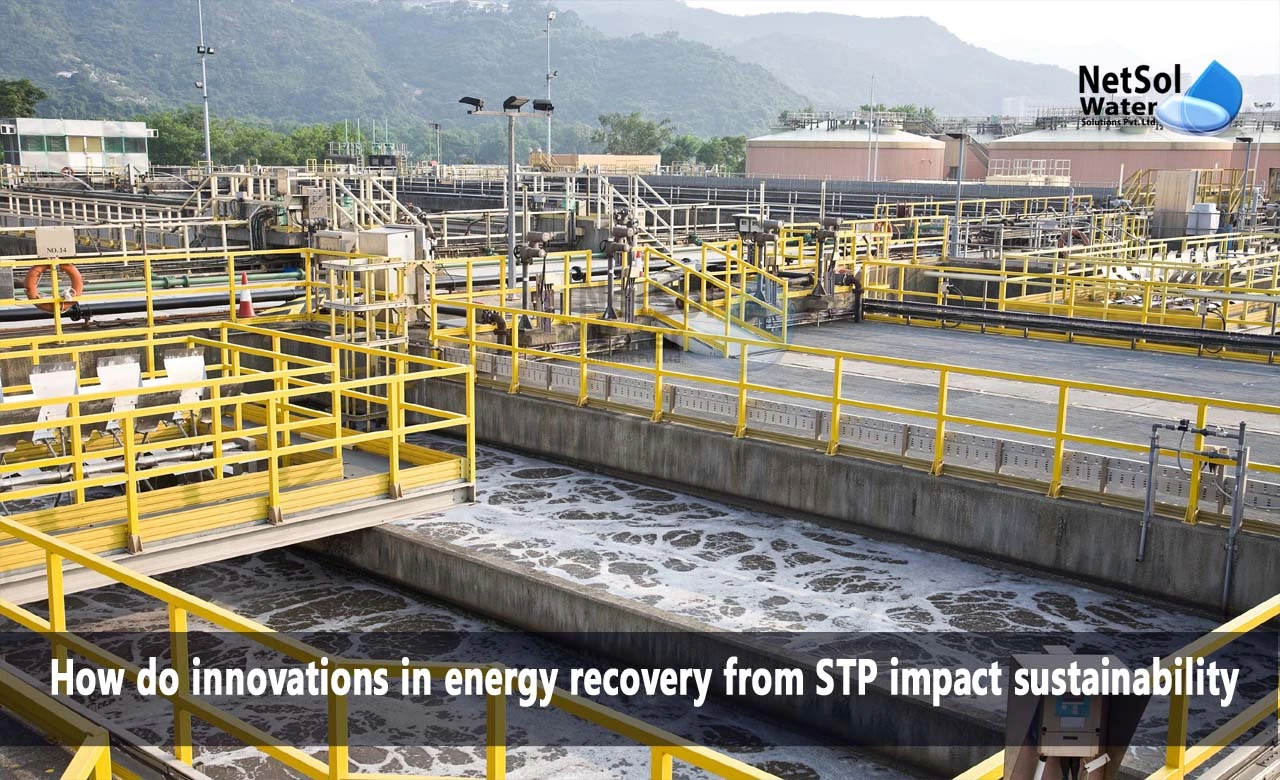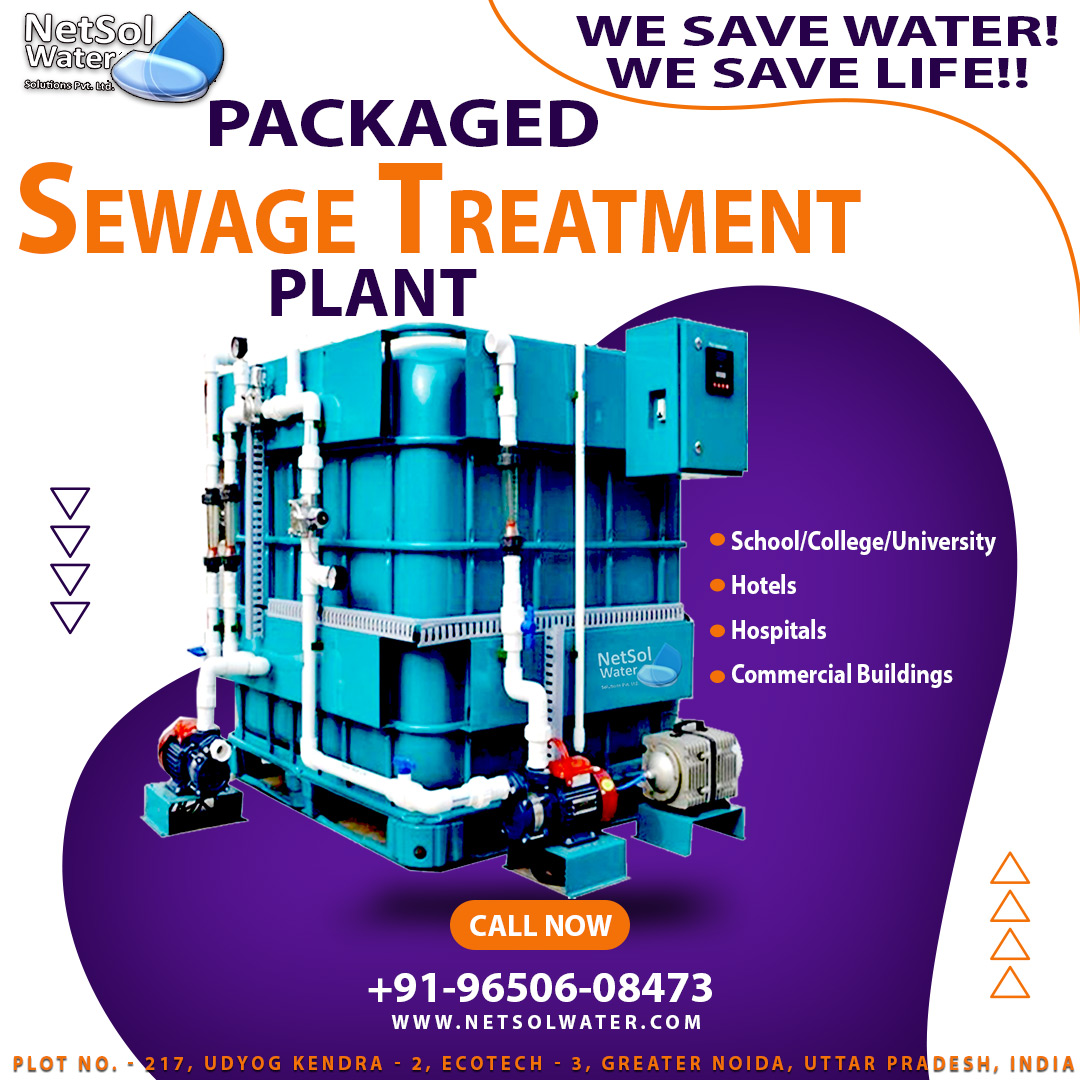How do innovations in energy recovery from STP impact sustainability?
Treating sewage and wastewater is a vital procedure to shield public health and the surroundings. However, sewage treatment plants additionally consumea great amount of power. As the world seeks more excellent sustainable solutions for power technology, improvements in the discipline of power restoration from sewage treatment strategies are rising. These improvements are not only making the remedy of wastewater more green but also contributing to a sustainable future. In this blog, we can discover the modern innovations in strength healing from sewage remedy and their impact on sustainability.
The Challenge: Energy Consumption in Sewage Treatment
Traditional sewage treatment plants eat great strength for diverse methods, including aeration, pumping, and the remedy of solid waste. This power is generally derived from fossil fuels, contributing to greenhouse emissions and climate trade. Reducing electricity consumption and locating more sustainable power assets are essential desires for the wastewater remedy industry.
Innovations in Energy Recovery
1. Anaerobic Digestion: Anaerobic digestion isn't always a new concept. However, current innovations have made it greener and vast. This system uses microorganisms to interrupt organic relianceon sewage, producing biogas as a byproduct. Biogas is rich in methane and can be used as a renewable electricity source for power technology or heating.
2. Microbial Fuel Cells (MFCs): Microbial gasoline cells are a promising technology that makes use of bacteria to produce strength in the course of the degradation of organic matter in sewage. MFCs are compact, scalable, and can be included in current sewage remedy infrastructure, making them a practical and sustainable electricity restoration choice.
3. Heat Recovery: Some sewage treatment plant life uses warmness exchangers to recover the heat generated through treatment methods. This recovered heat can then be repurposed to preheat influent sewage or provide warm temperatures to nearby homes, lowering the need for added strength resources.
4. Hydrokinetic Energy: In areas with fast-flowing sewage or wastewater, hydrokinetic strength structures can harness the kinetic energy of the flowing water to generate electricity. These structures are particularly efficient and may be incorporated into sewer pipes or remedy plant outflows.
5. Solar Power: Some sewage treatment plants integrate solar panels into their infrastructure to generate clean, renewable power. Solar energy can electricity various aspects of the treatment method, lowering the reliance on grid electricity.
6. Algal Bioreactors: Algae-based total bioreactors are being explored to dispose of excess nutrients from sewage at the same time as simultaneously producing biomass that may be transformed into biofuels. This dual-cause method can considerably reduce the electricity and environmental footprint of sewage treatment.
Impact on Sustainability
The emergence of those energy recovery improvements in sewage remedy methods has a profound effect on sustainability:
1. Reduced Carbon Footprint: Energy restoration techniques lower the reliance on fossil fuels, resulting in lower greenhouse gas emissions. This, in turn, contributes to a discount on the carbon footprint of sewage remedy plant life.
2. Renewable Energy Sources: By generating strength from sewage treatment approaches, these improvements tap into renewable power resources, promoting sustainability and decreasing dependence on non-renewable resources.
3. Cost Savings: Energy restoration reduces operational costs, making sewage treatment greater in your price range. This can decrease application expenses for municipalities and doubtlessly lessen the economic burden on taxpayers.
4. Improved Resource Efficiency: Recovering power from sewage treatment represents a greater green use of assets, making the complete manner more sustainable. It additionally minimises waste and enhances valuable resource management.
5. Wastewater Treatment Resilience: Incorporating energy healing technology can enhance the resilience of wastewater treatment plants, making them extra immune to strength outages and external disruptions.
Conclusion
Innovations in energy recovery from sewage treatment procedures are revolutionisinghow we manipulate sewage and wastewater while advancing sustainability goals. By decreasing power consumption, reducing greenhouse gas emissions, and tapping into renewable energy resources, these innovations now not only beautify the overall environmental performance of sewage treatment but also contribute to a greener, more sustainable destiny. As generation continues to adapt, we can expect even more sophisticated and green techniques for energy recovery in sewage remedy, further advancing our development closer to a more sustainable world.




